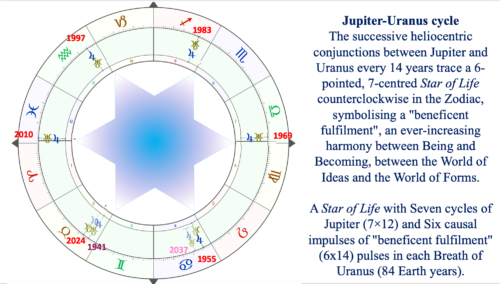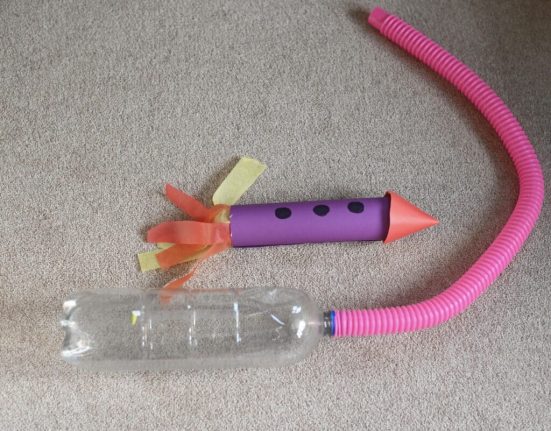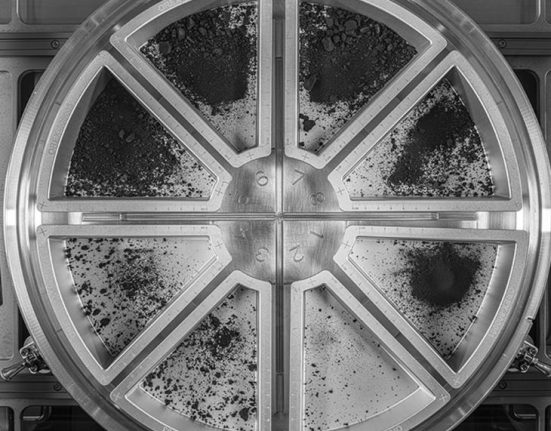Credit: NSF / B. Saxton / NASA / JPL-Caltech / Harvard-Smithsonian CfA
Astronomers believed they had a good handle on a star called WL20, which is about 400 light years away in the Rho Ophiuchi molecular cloud complex. Then NASA and the National Radio Astronomy Observatory (NRAO) teamed up to combine the capabilities of two very different but powerful observatories. The team has now confirmed that WL20 is not one star, but two stars.
Rho Ophiuchi is a region of great interest to science as it is the closest star-forming region to Earth. For years, astronomers believed that WL20 was simply a young, tumultuous star with a disk of debris that could one day form planets. Observations from the Atacama Large Millimeter/submillimeter Array (ALMA) and NASA James Webb Space Telescope Now we have proven the opposite. ALMA is a complex of 66 radio telescopes in Chile and Webb is an infrared observatory suspended in space beyond the Moon. They have different ways of scanning the universe, but their capabilities combined to make a discovery with WL20 that neither of them could have made alone.
“What we discovered was absolutely wild,” says Lead author Mary Barsony. “We have known about the WL20 star system for a long time. But what caught our attention is that one of the stars in the system looked much younger than the rest. Using MIRI and ALMA together, we saw that this one star was two stars next to each other. Each of these stars was surrounded by a disk, and each disk emitted jets parallel to the other.”

Credit: NSF / B. Saxton / NASA / JPL-Caltech
ALMA's contribution was to identify the disks of material orbiting each star. It showed the disks lined up side by side, but that data doesn't tell the whole story. According to Barsony, the simplest conclusion from the ALMA data is that WL20 has a large disk with a central hole, seen edge-on from Earth. However, Michael Ressler of NASA's Jet Propulsion Laboratory had a little Webb observing time to burn. Having studied WL20 for almost 30 years, he pointed the telescope in that direction, hoping to see a star. Instead, Webb's mid-infrared instrument (MIRI) showed two distinct jets.
The image above includes an image of Rho Ophiuchi taken by the Spitzer telescope, along with an artist's impression of what the binary system might look like. Immediately above are the observations that revealed the true nature of WL20. The ALMA data show the disks, which could easily be interpreted as a single object, and the Webb data reveal the brightness of the ions in the jets. The large box shows ALMA and Webb data superimposed, revealing that the disks are separate objects with their own jets.
There could be more amazing collaborations between these instruments in the future. ALMA is scheduled to receive a major upgrade in the coming years and Webb is just beginning his estimated mission of 20 years to explore the cosmos.












Leave feedback about this